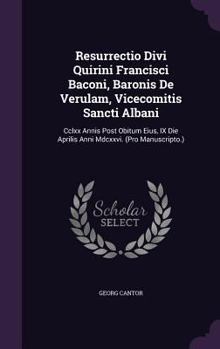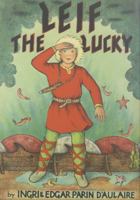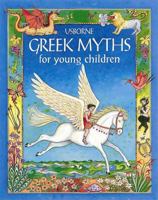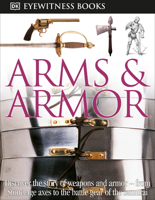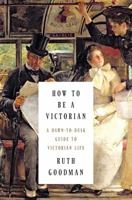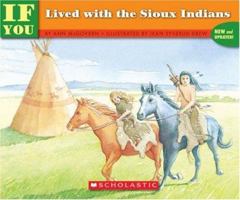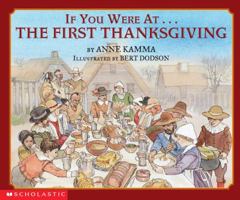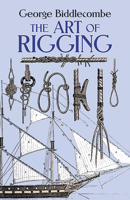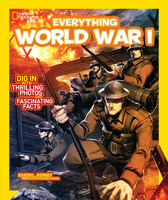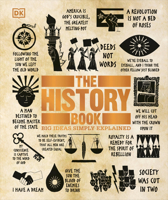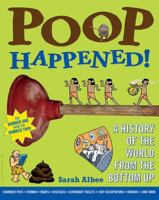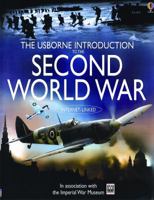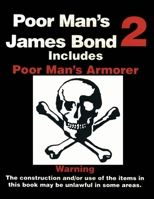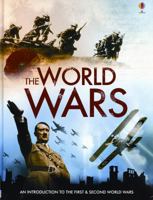Resurrectio Divi Quirini Francisci Baconi, Baronis de Verulam, Vicecomitis Sancti Albani: CCLXX Annis Post Obitum Eius, IX Die Aprilis Anni MDCXXVI. (Pro Manuscripto.)
Select Format
Select Condition 
You Might Also Enjoy
Book Overview
No Synopsis Available.
Format:Hardcover
Language:English
ISBN:135933386X
ISBN13:9781359333865
Release Date:May 2016
Publisher:Palala Press
Length:32 Pages
Weight:0.50 lbs.
Dimensions:0.3" x 6.1" x 9.2"
Customer Reviews
6 customer ratings | 5 reviews
There are currently no reviews. Be the first to review this work.










